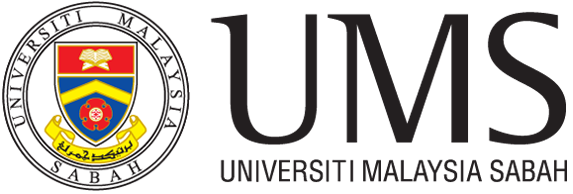Part 2 Aligning Learning Objectives with Online PBL
Aligning learning objectives with online problem-based learning (OPBL) involves crafting clear and measurable goals that emphasise the application of physics concepts in authentic, real-world scenarios. In the online environment, it is essential to leverage virtual tools, simulations, and collaborative platforms to foster interactive problem-solving. Learning objectives should prioritize the development of critical thinking skills, technology literacy, and collaboration, ensuring students engage in meaningful exploration and application of physics principles.
Assessment methods should be adapted to the online format, incorporating quizzes, discussions, and project evaluations that measure the attainment of objectives within the context of digital learning. Flexibility and autonomy should be integrated, allowing students to navigate problems at their own pace while providing ongoing feedback to guide their progress. Additionally, considerations for accessibility and inclusivity ensure that the OPBL experience is accessible to all students, promoting a comprehensive and inclusive learning environment.
Here is a helpful guide to aligning learning objectives effectively:
- Define Clear Learning Objectives:The process commences with the clear definition of learning objectives that align with established curriculum and educational goals. It is essential for these objectives to possess specificity, measurability, achievability, relevance, and a defined timeframe.
- Identify Authentic Online Problems: Choose real-world problems that can be explored and solved in an online setting. Consider challenges that leverage digital resources, simulations, or collaborative platforms, ensuring alignment with the learning objectives and fostering engagement.
- Leverage Digital Tools and Simulations: Explore the array of online tools and simulations available. Align learning objectives with specific tools that enhance understanding, allowing students to virtually experiment, visualize concepts, and apply theoretical knowledge to practical scenarios.
- Promote Collaborative Online Learning: Design tasks that encourage collaboration among students. Utilise discussion forums, virtual group projects, and collaborative document platforms to mirror real-world teamwork, fostering communication and peer-to-peer learning.
- Integrate Technology Literacy Objectives: Incorporate objectives related to technology literacy. OPBL provides an opportunity for students to develop digital skills such as effective online research, navigating virtual libraries, and presenting findings through digital media.
- Adapt Assessment Methods for Online Format: Align assessment methods with the online environment. Consider using online quizzes, discussion participation, virtual presentations, and project evaluations that measure students’ ability to apply physics concepts in a digital context.
- Foster Flexibility and Autonomy: Recognise the flexible nature of online learning. Allow students to explore problems at their own pace, providing autonomy in their learning journey while still meeting the outlined learning objectives.
- Provide Ongoing Feedback: Establish mechanisms for ongoing feedback. Online platforms offer opportunities for regular check-ins, peer reviews, and facilitator feedback, supporting students as they progress toward meeting the learning objectives.
- Ensure Accessibility and Inclusivity: Pay attention to the accessibility and inclusivity of OPBL. Ensure that all students, including those with diverse learning needs, can actively participate. Provide resources and support for an inclusive learning experience.
- Encourage Reflection and Metacognition: Include objectives that promote reflection and metacognition. Incorporate activities that prompt students to analyse their problem-solving strategies, fostering a deeper understanding of both the content and the learning process.
- Stay Updated on Online Resources: Staying informed about emerging online resources, platforms, and technologies is essential for enhancing the OPBL experience. It is crucial to regularly update instructional approaches to align with the evolving landscape of digital tools and pedagogical methods.
Example on mapping the learning objectives (LO) with scenario
Problem: A rollercoaster ride is being designed for a theme park. The engineers need to calculate the minimum height of the first hill to ensure the ride generates enough speed to complete a loop safely.
Physics Concepts: Energy conservation, potential and kinetic energy, circular motion.
Mapped Learning Objectives (LO):
- LO 1: Apply principles of energy conservation to real-world systems.
- Activity: Students calculate the total mechanical energy at the top of the hill and predict how it transforms as the rollercoaster moves through the loop.
- Assessment: Group presentations where students explain their energy calculations, ensuring that potential and kinetic energy are appropriately considered.
- LO 2: Analyze the forces involved in circular motion.
- Activity: Students determine the required speed and forces for the rollercoaster to safely navigate the loop without falling off due to insufficient centripetal force.
- Assessment: Individual calculations followed by peer review, where students assess each other’s work for accuracy in applying circular motion formulas.

